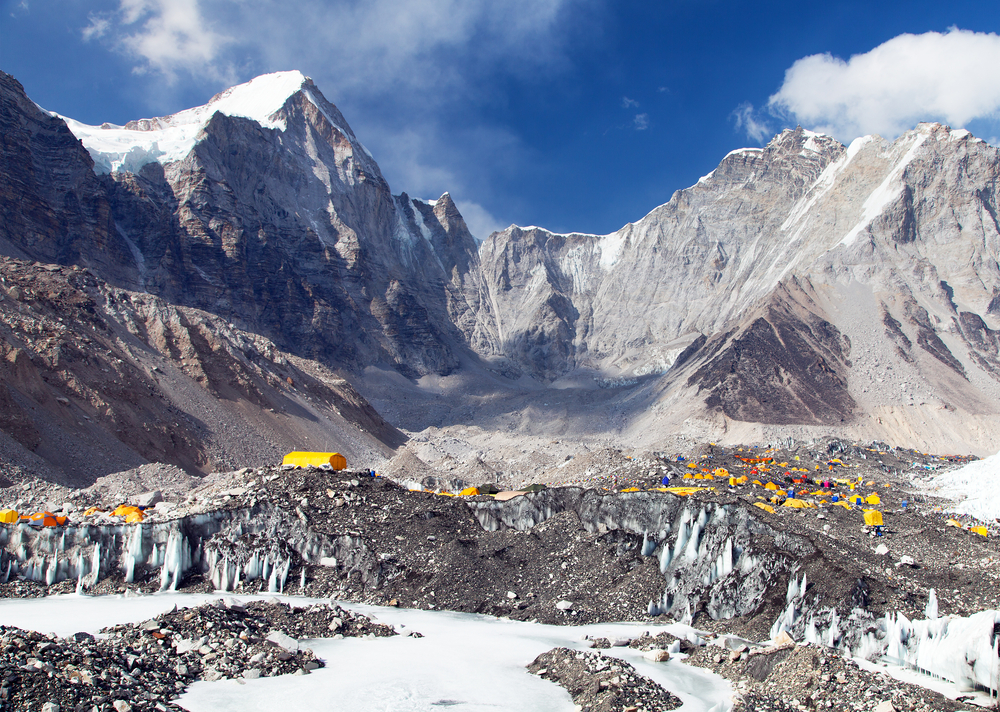Everest to End Duchenne Raises $100K to Fund CRISPR Gene-Editing Research

The Hope for Gus Foundation and its signature Everest to End Duchenne fundraising trek to Mount Everest Base Camp have raised $100,000 to fund new gene-editing research that could lead to new treatments for Duchenne muscular dystrophy (DMD).
The nine-member U.S. Everest to End Duchenne team is led by Tonya Dreher, mother of Gus Dreher, a New Hampshire 12-year-old who became the inspiration for the trek after being diagnosed with DMD in 2010.
Just home from a three-week trek to Nepal, the team received donations from friends, families and organizations, raising a total of $50,000, a sum then matched by the Hope for Gus Foundation, bringing the total contribution to $100,000.
At the Mount Everest Base Camp, the team read the names of nearly 1,000 children who lost their lives to DMD, or who, like Gus, are still fighting the disorder. The aim is to raise awareness for the disease and for the researchers behind the recent breakthroughs in CRISPR, a new precision gene-editing technology that has potential to correct mutations that cause DMD.
The CRISPR (Clustered Regularly Interspaced Short Palindromic Repeats) method for genome editing has many applications in biomedical research and could lead to new treatments for several human genetic diseases.
The method, based on bacteria’s inherent ability to protect itself from viral infections, allows researchers to edit parts of the genome by removing, adding or changing sections of the DNA sequence.
As reported in April 2017 by Muscular Dystrophy News, researchers at the University of Texas Southwestern Medical Center recently corrected DMD in human and mice cells, offering new hope that a human trial could be close to becoming a reality.
“We are so grateful to our friends at Hope for Gus for this funding that will help further advance exciting technology in the gene therapy and CRISPR space. No one group or individual or even scientific approach will end Duchenne. It will take a combination of efforts and approaches. But when the Duchenne community comes together and literally climbs mountains on behalf of all people living with this disease – it makes our community stronger and brings us closer to the day we end Duchenne for every single person,” said Pat Furlong, founding president and CEO of Parent Project Muscular Dystrophy (PPMD), one of the Everest to End Duchenne sponsors, in a press release.
Due to the success of the last two Mount Everest treks, Dreher is planning to organize a team to return again in early 2019. A domestic trek to Wyoming is planned for 2018.
Going to Everest Base Camp is symbolic. It represents a challenge that people with DMD may never be able to overcome due to physical barriers, symbolizing what those living with DMD experience on a daily basis. It also offers a platform to stay connected to those for whom treatment wasn’t fast enough, which is why the team read the names of the more than 1,000 boys upon reaching Mount Everest.
To learn more about the fundraiser, its team, donations and sponsorships or to find out how to join a future trek, visit everesttoendduchenne.org.






